I love time-travelling back into fashion eras, that define fashion history. Sure, I was born in the 90’s (button jewels or covers will never get old) but my escapism is rooted in the 60’s and 70’s, with a hint of the 50’s. My personal style is eclectic, a mix of trends, Parisian 40’s style berets, and 60’s style skirts. Eccentric floral prints, from the 70’s, with 90’s style jewellery. A touch of art deco creeping in from the 30’s, and petticoat swing dresses from the 50’s a delightful blend. I don’t follow trends per say, but its undeniable that I love vintage fashion. Why? Because it takes me back into the past, experiencing an era I didn’t live in, like watching an old movie. Its nostalgic, retro, and eccentric. A different way of life, a new perspective on culture, a defining moment in art, social, political, economic history, that changed everything. From vintage fashion accessories, to dresses, skirts, trousers, and co-ords, I love borrowing from fashion eras that love colour, and whimsy as much as I do.
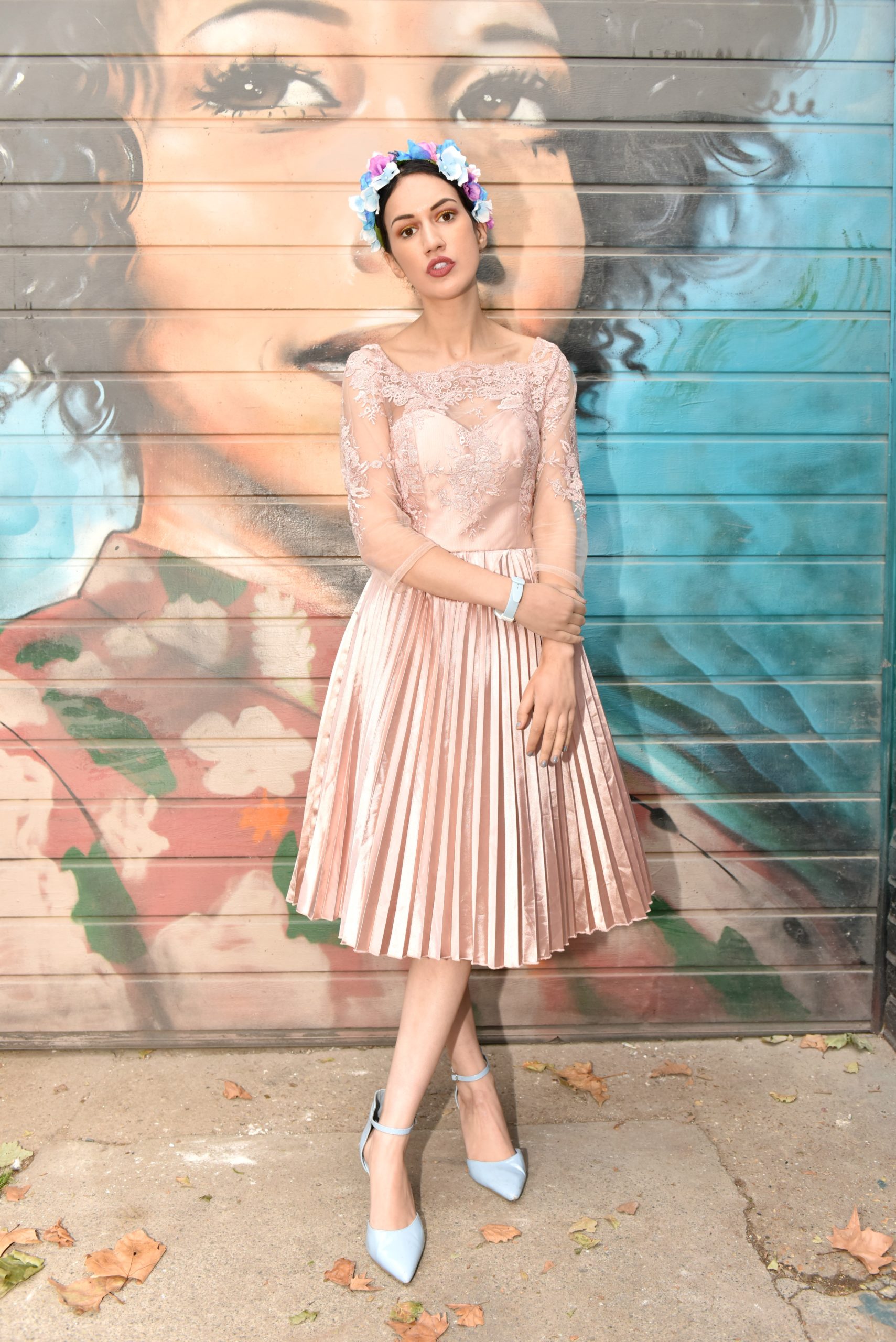
As a self-professed colour maven, (who has been described as a mermaid, unicorn, and Frida Kahlo), you could say that I live and breathe fashion. Although my style isn’t deliberately vintage, it does have vintage elements, particularly when it comes to summer jewellery trends. A typical ‘casual’ look for me would be a t-shirt, tucked into a 50’s pleated skirt, with heels (or trainers), accessorized with a colourful denim jacket, 40’s beret, tassel earrings, and a patent belt. Or another casual look would be my take on loungewear, with a matching coord, 60’s style boots, a patent belt, and a plain headband, and novelty glasses, that are decisively 90’s. On the other hand, a more formal aesthetic for me, would be a beautiful floral Princess midi dress gown, with a 50’s style Christian Dior silhouette. It would be accessorized with either a flower crown, tiara, or jewelled headband, with patent stilettos, an embellished clutch, and simple, minimalist jewellery.
Yep, you guessed it. I am 100% a maximalist, who is obsessed with matchy matchy prints, and over-accessorizing to the max. I am not the only one. Fashion history pays homage to colour in the best way. While vintage fashion as we know it started in World War I, arguably the most fashion forward, and colourful decade was the 70’s. It’s where I get many of my vintage inspired accessories from. Floppy wide brimmed hats, paired with flowy maxi dresses, flowers in the hair, and chunky cinched belts. Oversized earrings, and layered necklaces, with clashing prints, and contrasting colours. After all, the 70’s was all about fun, pure and simple. It was about personality, freedom, and expression of identity. In short the 70’s is one of my favourite eras not only for clothing, but also vintage fashion accessories.
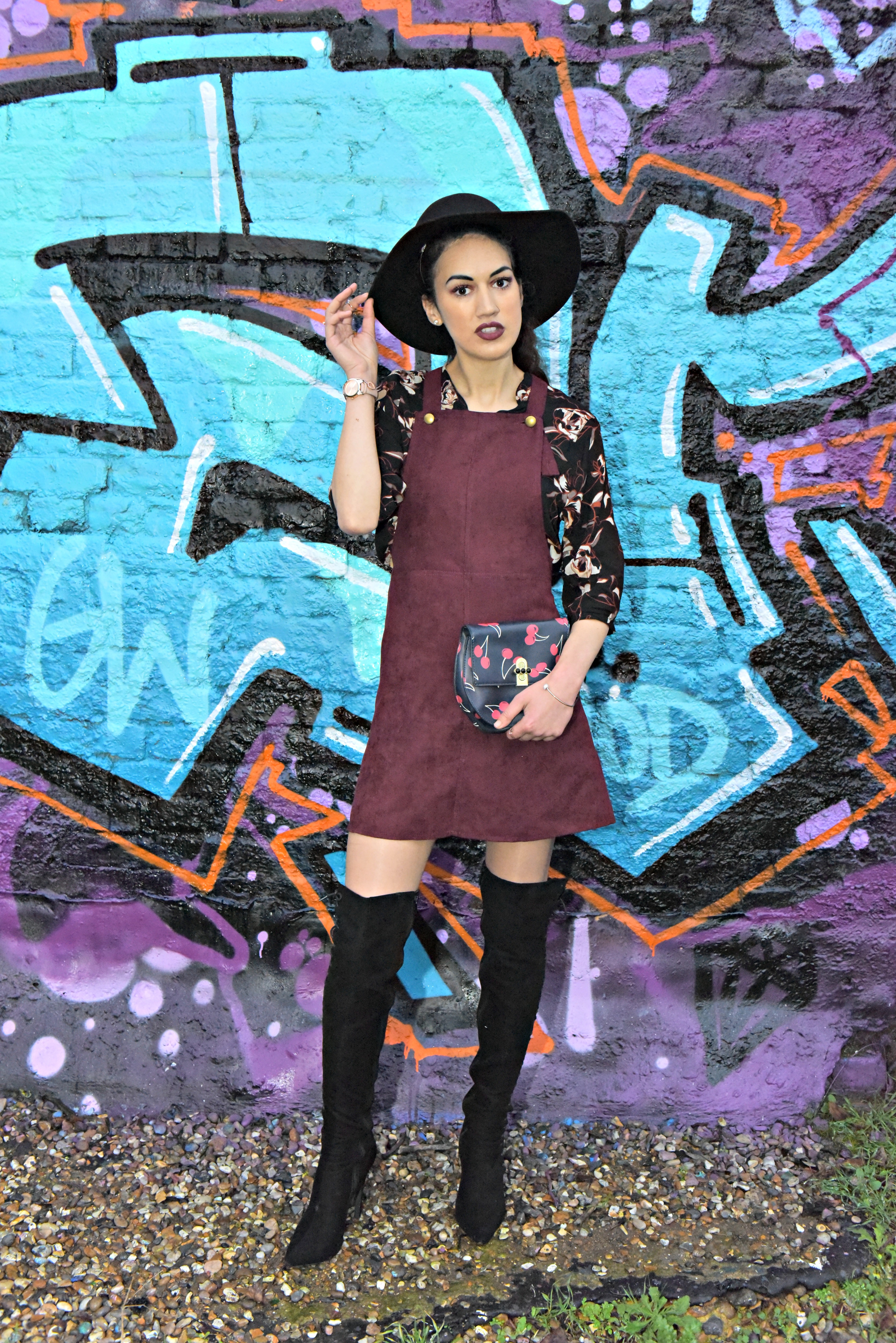
But where does the idea of ‘vintage fashion’ begin? Is it in the Rocking 60’s, where berets, love beads, and headbands ran wild? Or maybe in the 50’s where feminity and rock and roll coincided. Wrong again. While two pivotal earas, it was World War I, that characterized vintage fashion accessories as we know it today. In World War I (1914-1918), clothing was repaired, mended, tailored or recyled, because of textile shortage. The same with accessories; waste was frowned upon. In clothing there was a return to ‘cinched’ dresses in a new halterneck, backless style, that created glamour for evening dresses, while accessories were inexpensive costume jewellery (Art Deco), gloves, furs, and smaller hats like berets. Turbans often went with evening gowns, while small hats made a welcome edition to a daytime look. A casual look was often a frilly bowed dress with wide shoulders, puffy sleeves, and a mid-calf flared hemline.
The 1920’s was another turning point. The roaring twenties was glam, with a shift in aesthetic particularly for women. Shorter, low-waistedd dresses and revealing styles were worn by the Flappers, with bobbed hair-styles. Cloche hats, and art-deco stockings were also popular, as well as pearl layered necklaces, stacked bangles, and furs. The ‘Great Gatsby Era’, is still popular today, and feathered headbands, sequinned ‘shapeless’ dresses, and opera gloves are every vintage maven’s obsession.
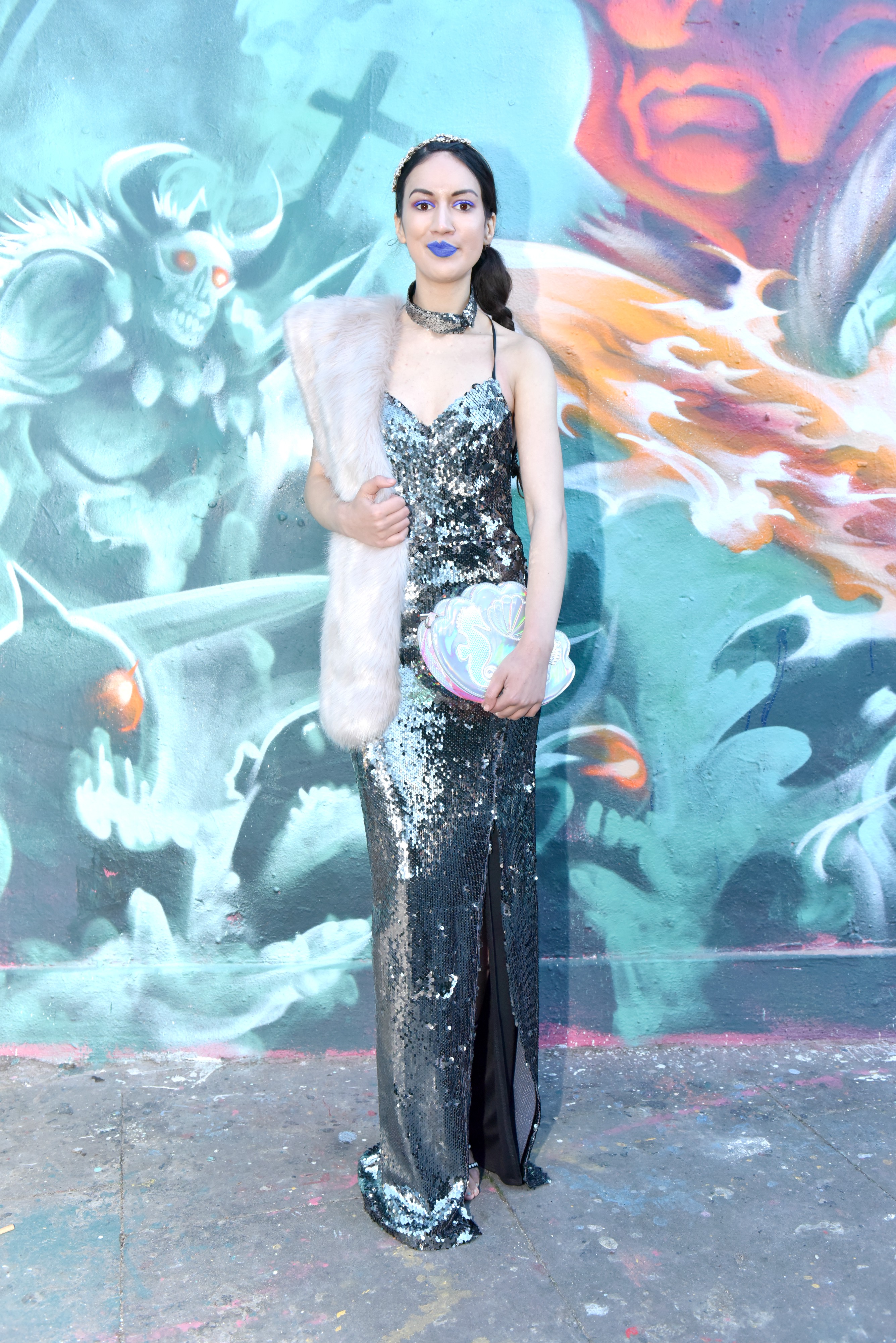
1930’s Costume Jewellery
One of the biggest vintage fashion accessories that changed history, was costume jewellery. Before the Great Depression in 1929, jewellery was ‘expensive’, glitzy, and glamorous. It wasn’t readily available to the masses, and only a select few wore them as a sign of ‘status’. After the Great Depression, the fashion industry had to cut costs, and fast. They realized that luxuries needed to take a back seat, as noone could afford them anymore. Clothing saw simpler designs, and cheaper materials, while jewellery moved away from ‘precious gems and metals’. Through modern plastics, designers were able to design ‘ costume jewellery’ that was affordable. 1930’s costume jewellery became particularly popular, reflecting the movement of the Silver Screen, in Hollywood.

Costume pins, as popularized by Eisenberg, and Coco Chanel (the latter credited with saving ‘diamonds’), were worn by stylish 1930’s women everywhere, while brooches, stacked bangles, hair clips, and long-beaded necklaces, were used frequently. The costume jewellery trend also brought into the ‘art deco’ movement, which ended in 1935. While it became more subdued in the 1930’s, it was still at heart, maximalist. There would be embellished statement necklaces, with a floral design, clip on button earrings, or longer earrings with clear sparkling rhinestone set into silver tones. Silver on silver, was a huge trend both in art deco, and costume jewellery, but the 30’s was also playful with colour.
My personal favourite 1930’s costume jewellery trend was the statement necklace with an ‘art deco twist’. While I am styling my 1930’s inspired necklace in a modern way, it is undoubtably a piece with movement. It is costume jewellery that is flamboyant, bold and unapologetically fun. It sums up the 30’s perfectly. After all, despite the war, the fashion industry adapted to the times, and created beautiful, out-there jewellery, that stood out against elegant and timeless evening dresses. The necklaces, just like other art deco, and costume pieces, gave the 1930’s look personality. There were two predominant types of statement necklaces: a version made from white metals with repeated geometric motifs, and one made from filigree, with coloured or opaque stones. My statement necklace falls under the latter, although it does not have filigree. Instead it has coloured floral designs, on a chunky golden chain.
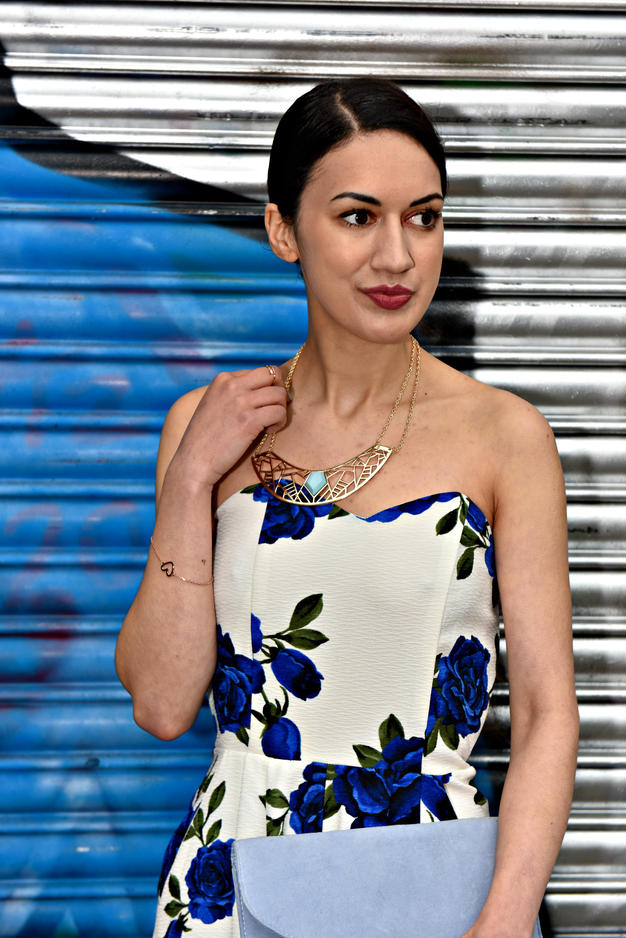
While geometric necklaces were usually made from white metals or chunky stones, my version is made from ‘faux gold’, which was seen towards the end of the 30’s period. With intricate triangular design, set with a faux blue topaz, it is reminiscient of 30’s fashion. Being on a budget didn’t mean you couldn’t improvise. It was about reinventing the fashion wheel, and making it work. As well as statement necklaces, 30’s earrings were just as extravagant. Designers created pieces with movement, with hanging pendants and drop earrings that were popular in both fine jewelry and costume examples. You can see that I wear a lot of ‘earrings with movement’, largely favouring colourful tassel earrings with embellishment. While it is more colourful than the 30’s would go for, the vintage style is clear.
Vintage Cat Eye Sunglasses (50’s)
The 50’s is undoutably one of my favourite fashion eras. Why? Because it was steeped in romanticism, with designers like Christian Dior revolutionizing the fashion game. In 1947 Dior launched ‘New Look’, a dress style that was popular in the 1950’s. With rounded shoulders, cinched in waistlines, exagerrated hips, and full skirts, it was undoubtably feminine. Celebrating the end of the two wars, the ‘new look style’ was seen in coatdresses, circle skirts, and sundresses. Other common 50’s fashion trends included pencil dresses, and skirts, slim fit trousers with boat neck tops (as popularized by Audrey Hepburn), and poodle skirts (worn by teens).
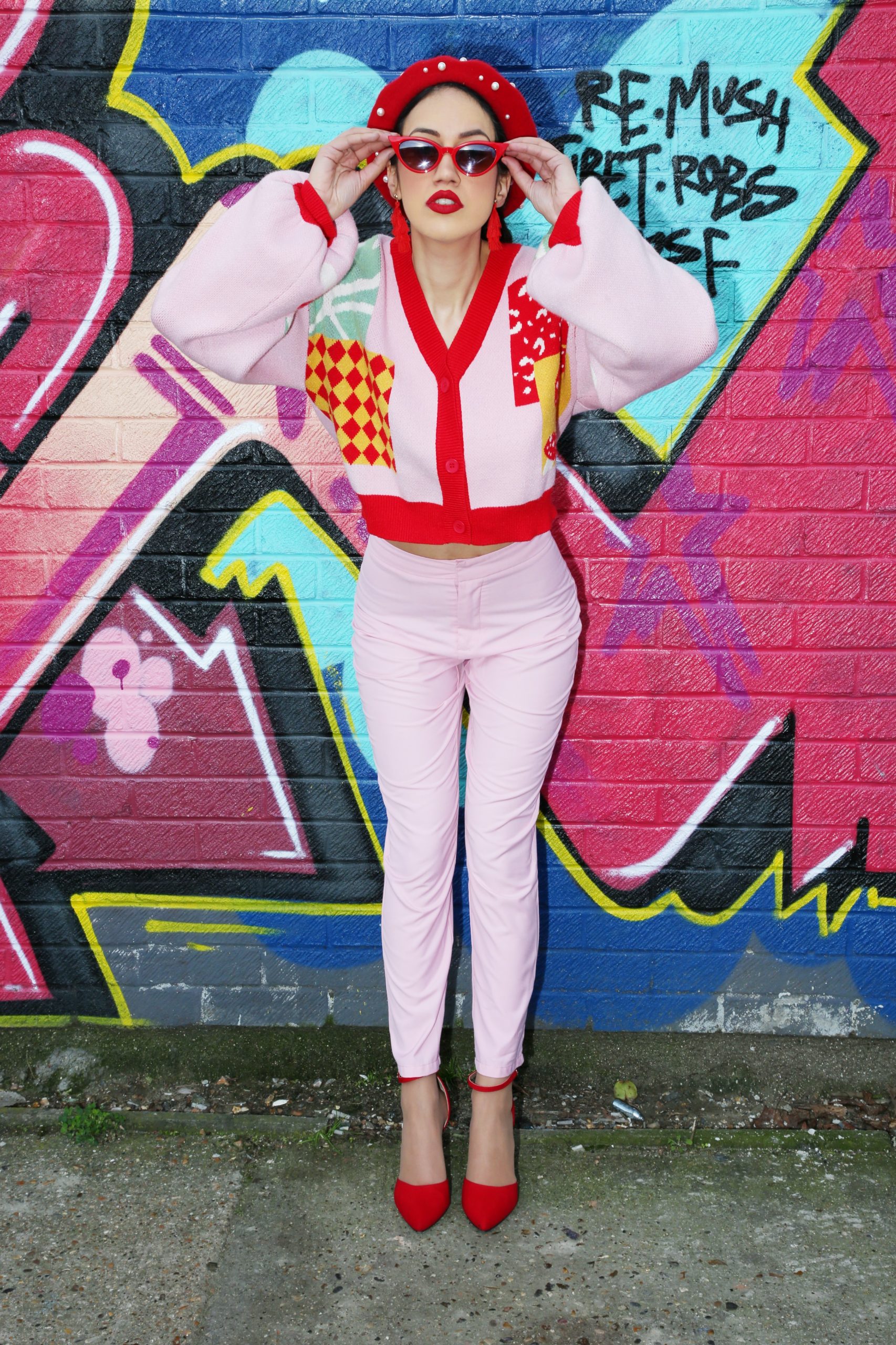
50’s style cat eye sunglasses are one of the versatile vintage fashion accessories you could own.
50’s vintage accessories were just as glamorous, although the ‘Beatnik’ aesthetic was popular too. This pared down look involved slacks or trousers, paired with a simple boat neck top, a neck-tie scarf, and flat pump shoes. Hats were just as popular, albeit no longer mandatory, with veiled fascinators, flat pancake hats, and large brimmed straw hats, worn in the summer. Colourful scarves were often tied in hair, and costume jewellery, gloves, and clutch purses would often complete a 50’s look.
However, the 50’s accessory that was the biggest game changer was sunglasses. Although sunglasses were invented in the 12th century by the Chinese, cat eye sunglasses were heavily associated with the 50’s and 60’s. Despite being invented in the late 1920’s, cat eye glasses were popular in the 50’s. The feline inspired style, marked a new era of ‘sunglass fashion’, with Marilyn Monroe, Grace Kelly, and Elizabeth Taylor wearing winged out glasses. They were often exhibited colourful plastic rims, and a dab of sparkle in the upper corner. While novelty shapes like triangles, squares and hearts were popular, the winged out cat eye glasses were top of the list.
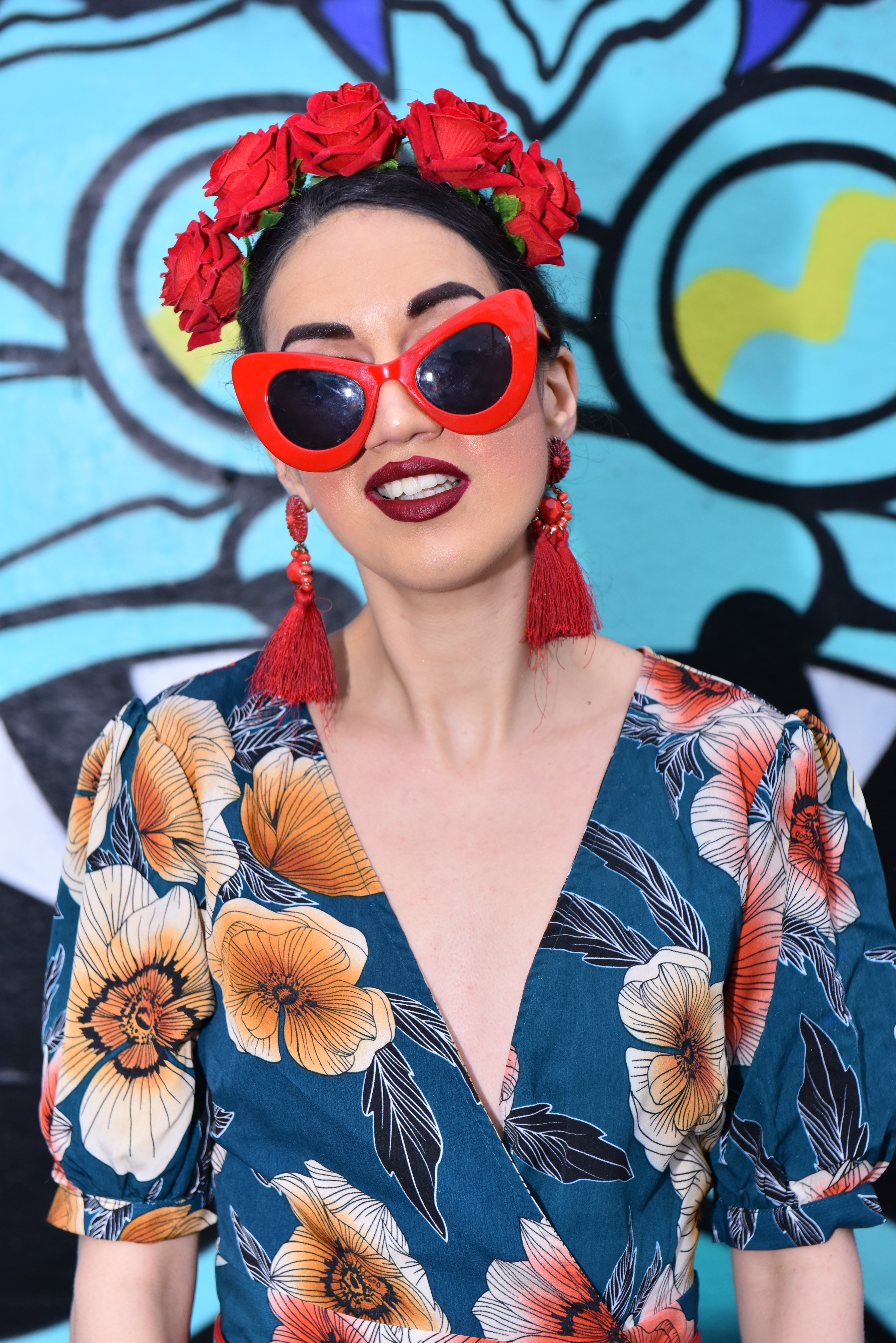
Although my reindition of cat-eye sunglasses are more 60’s than 50’s, it still felt proper to pay homage to the rocking 50’s. Spectacles were worn even by people who didn’t need them, and did not have tinted lenses. The tinted lense cat eye sunglasses that we know and love were popularized by Audrey Hepburn, but more on that later. Despite my modern interpretation of the ‘cat eye trend’, it symbolizes everything that the 50’s stood for. Freedom, fun, and a touch of silly. The cat eye frames helped elongate the face, and were worn with neck-ties, headbands, and a huge plethora of polka dots. It was also a huge part of the 50’s Rockabilly movement. Influenced by the Rock and Country music of the 50’s, feminine floral swing dresses were accessorized with bandanas, cat-eye sunglasses, Converses, and bright red lipstick. The fininishing touch? Some novelty sunglasses, like a ‘cat -eye shape’ to bring edge to the 50’s aesthetic.
1960’s Fashion Beret
The 60’s was known for many things. Teeny tiny mini skirts revolutionized by Mary Quant in the ultimate fashion revolution. Mod and shift dresses with colourful tights, bold patterns and prints. There were go-go boots and kaftans. Tie dye shirts, and fitted turtlenecks, in earthy colours. The 60’s spawned fashion movement like the hippy (Flower Power prints, psychedelic colors, peace signs, long hair, and flared pants), and the Mod ( mini-skirts, jumpers, shift dresses, and knee boots. Of the two, the Mod, was definitely my cup of tea. The 60’s was all about rebellion, and a youthful attitude, and the accessories were just as freeing.
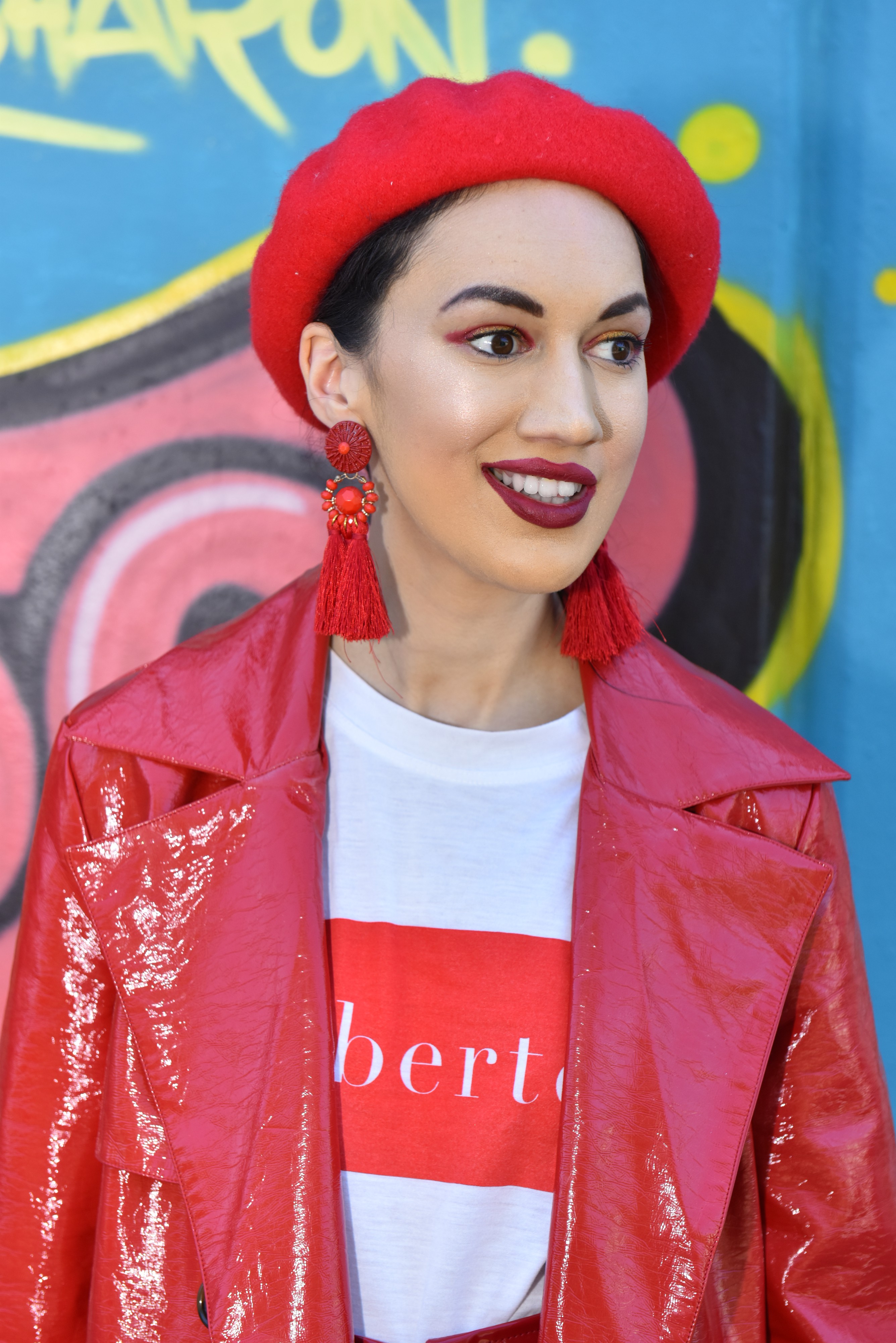
Berets like Cat Eye Sunglasses is one of my favourite vintage fashion accessories. It goes with everything in my wardrobe!
There was the Jackie Kennedy Pillbox hat, and the Twiggy beret. The Audrey Hepburn Bucket Hat, and the return of the Cloche hat. Hat’s were a huge part of the 1960’s accessories craze, as well as decorative scarves and neckerchiefs, which was often style around the neck, or in the hair like a bandana. Unlike the earthy, cooler tones of the 70’s, the 60’s was a clash of colour, patterns, and textures that translated into accessories as well as clothing. The beret however, was a powerful political statement. People were interested in new-wave French film, which saw berets being paired with mini skirts, turtlenecks, and patterned tights. Movie stars like Brigitte Bardot also helped popularize the beret, paired with heavy winged eye liner, and a fashionable layered bob.
One look at my blog Faded Spring, and you will see that I too am a huge fan of berets. In fact, without a shadow of a doubt it is my favourite style of hat, and my go to accessory. Berets have stood the test of time, and while I wear vegan versions, it is an example of vintage fashion accessories that still feel modern. Many people in the 60’s wore it as a political statement, as they would continue to do in the 70’s. It was worn by men, and women, but Castro and Guevara (political leaders in Cuba) both wore black berets, as they gave speeches. They wanted their supporters to rise against the Batista government in Cuba, and cemented berets as a symbol of political expression.
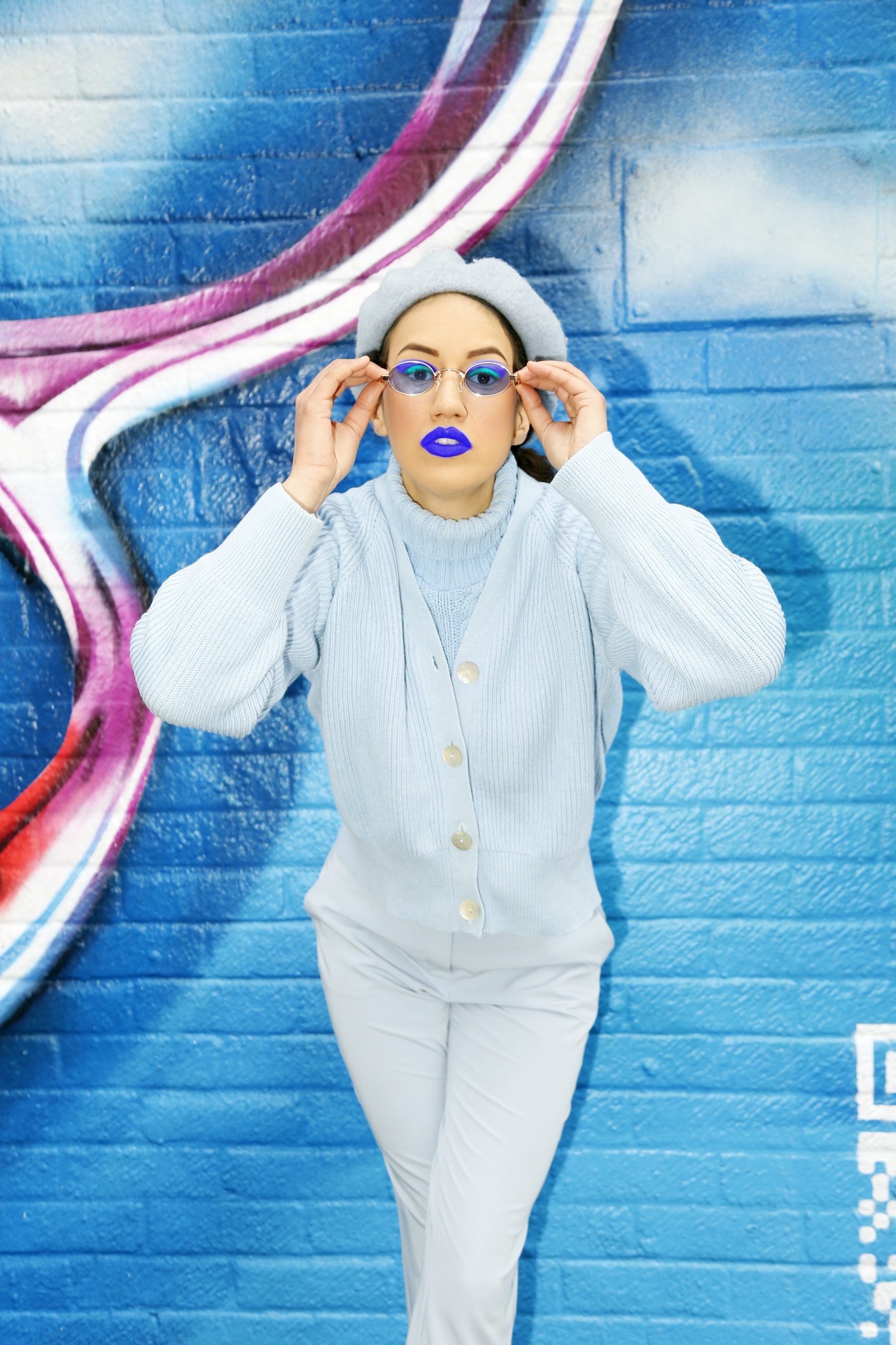
From a fashion history point of view, UK icons like Twiggy made sure that berets were a firm favourite. Despite the plethora of fashion trends that came and went, berets remained a favourite. It wasn’t a mainstaple in the ‘Woodstock Hippie’ movement, or the Space Age period, but it was certainly Twiggy’s domain. The supermodel embodied 60’s style to a T. There were mini skirts and Mary Jane shoes, high-neck shift dresses, and coloured nylon tights. Go-Go boots from the Space Age era with silver PVC, and psychedellic print dresses. But undoubtably my favourite is the beret, photographed wearing it in 1966, and 1968. Showing that the beret was a sign of political awareness, the amazing Black Panther Party, also popularized it in the media. Formed during the Civil Rights Era, they embraced a uniform of leather jackets, with black berets and highlighted natural hair.
Giant Chunky Platforms (70’s)
The 70’s was another fashion-forward era, with flares, chunky platforms and suede dominating. The bohemian trend was popular, with peasant blouses, tie dye, bell sleeves, and crochet dresses, and revived again in the early 2000’s. Meanwhile icons like Diana Ross, Cher, and Debbie Harry popularized 70’s fashion. Diana favoured glam satin dresses with billowy sleeves, Cher’s 1973 Bob Mackie gold beaded top and skirt was iconic, and Debbie Harry’s disco style printed dresses, with mussed up hair. There were so many fashion trends in the 1970’s, and accessories were just as strong. Capes, layered beaded jewellery in a rainbow of colours, and chunky knit scarves could be seen often. On the shoe front, chunky platform heels, over the knee boots and wedges were worn often.
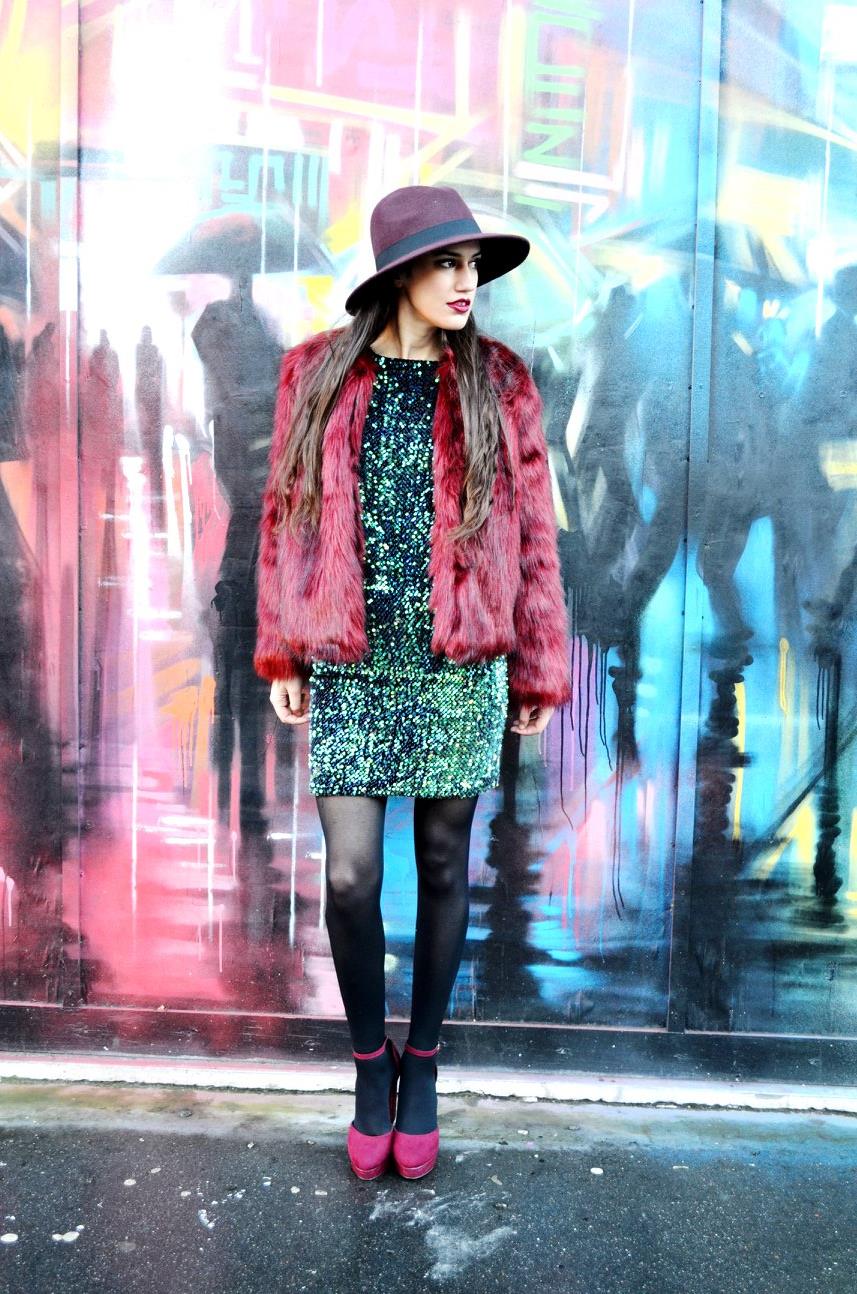
Chunky platforms were honestly one of the greatest shoe trends. While they weren’t invented in the 70’s, both men, and women wore them, so they were officially the shoe of the ‘season’. While there are some questionable platform types (i’m looking at you platform clogs), they were oh, so fun. Our modern interpretation (as seen modelled by me), is pared back, and demonstrates clean lines, yet the 70’s was all about experimentation. Often worn with bell bottoms, there were platform wedges, platform boots, and platform sandals to name a few. They were usually in neutral or earth tone colours like black, white and brown, but pink platforms seen in 1972 on the cover of Playboy, put colour on the map.
Platforms were all about being OTT (a huge part of the 70’s aesthetic), and everyone from the late and great David Bowie, to Elton John were wearing platforms to make a statement. Although mine are burgundy faux suede platforms, many platforms could have loud patterns, glitter, and even bright colours. I chose to wear mine with a sequin dress, black tights, a burgundy faux fur jacket, and a burgundy fedora, but the 70’s wore them with absolutely everything. From the standard uniform bell bottoms, to maxi dresses, leather trousers, and suit co-ords, platforms were everywhere.
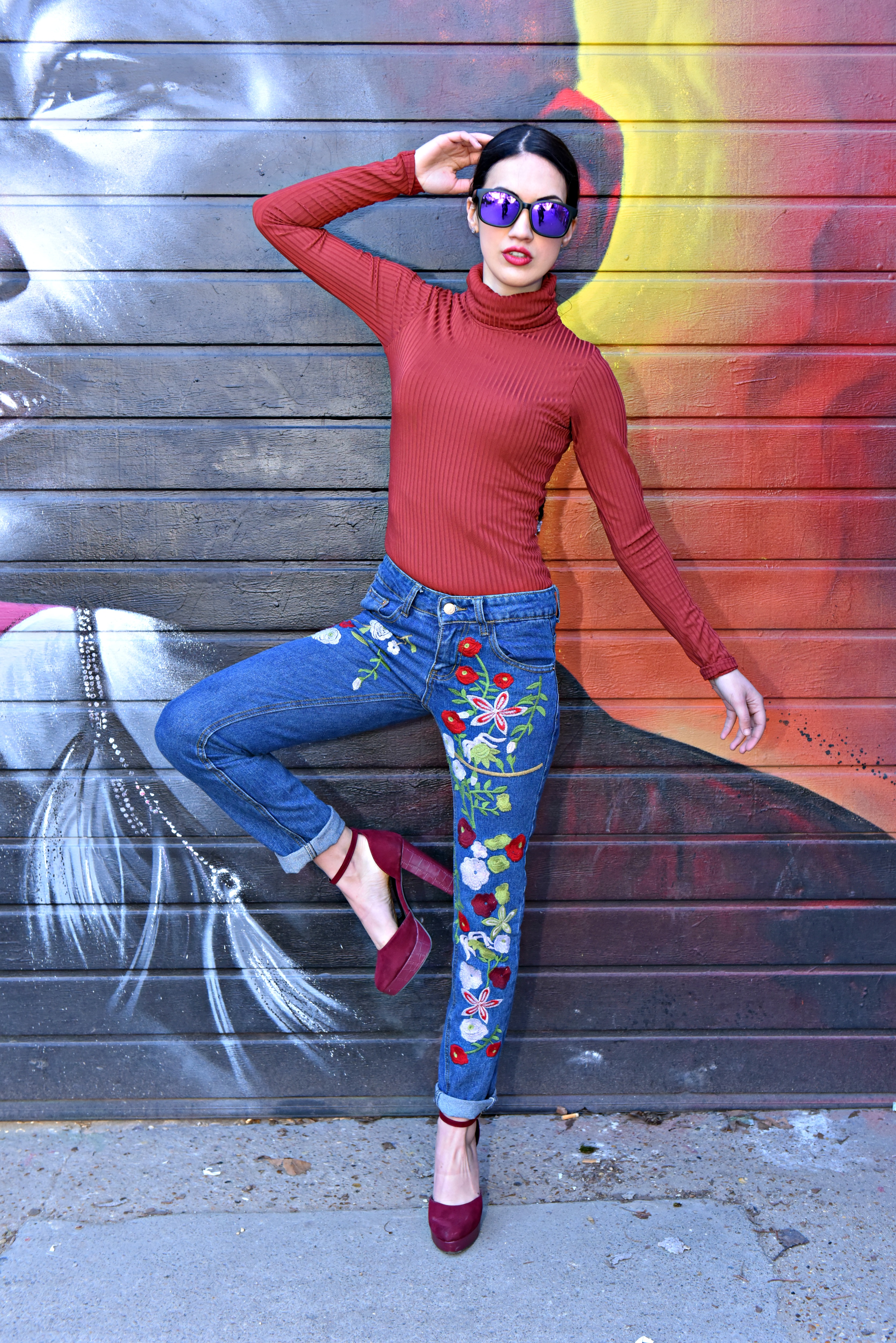
English actress and model Vivien Neves 1971 photograph in 1971 will always stand out in my mind. With double denim, she has high-waisted bell-bottoms, and a midriff baring jacket, which is ever so flattering. Diane von Furstenberg, is another one that comes to mind, with her husband Prince Egon von Fürstenberg in 1970. They were wearing matching checked button down shirts and belted trousers, with Diane favouring statuesque platform over the knee boots, with a chunky heel. My personal favourite? David Bowie’s Ziggy Stardust platforms will always be iconic. Its not something that I would wear personally, but I just love how he challenged perception of masculinity, feminity, and adrogyny all in one. Fashion after all is for everyone, regardless of gender.
90’s Embellished Button Covers
The 90’s had some incredible fashion trends. There were the lace up chokers, and the baguette handbags. The Scrunchies, and the Chain wallets. The thick braided headbands, and the mega hair clips. Then there was the downright bad. Jelly Sandals were hideous, as were the stick on tattoos, slap bracelets, and don’t even get me started on Terry Cloth wristbands. Ew. The clothing had its highs and lows too: there were the incredible Cluless Inspired plaid skirts and jackets, and super cute knee socks. Satin slip dresses for evening wear, and denim overalls for casual wear (yaasss). The lows should definitely be forgotten. Laced up trousers, and spandex tube tops, backwards visors and exposed thongs should go away.
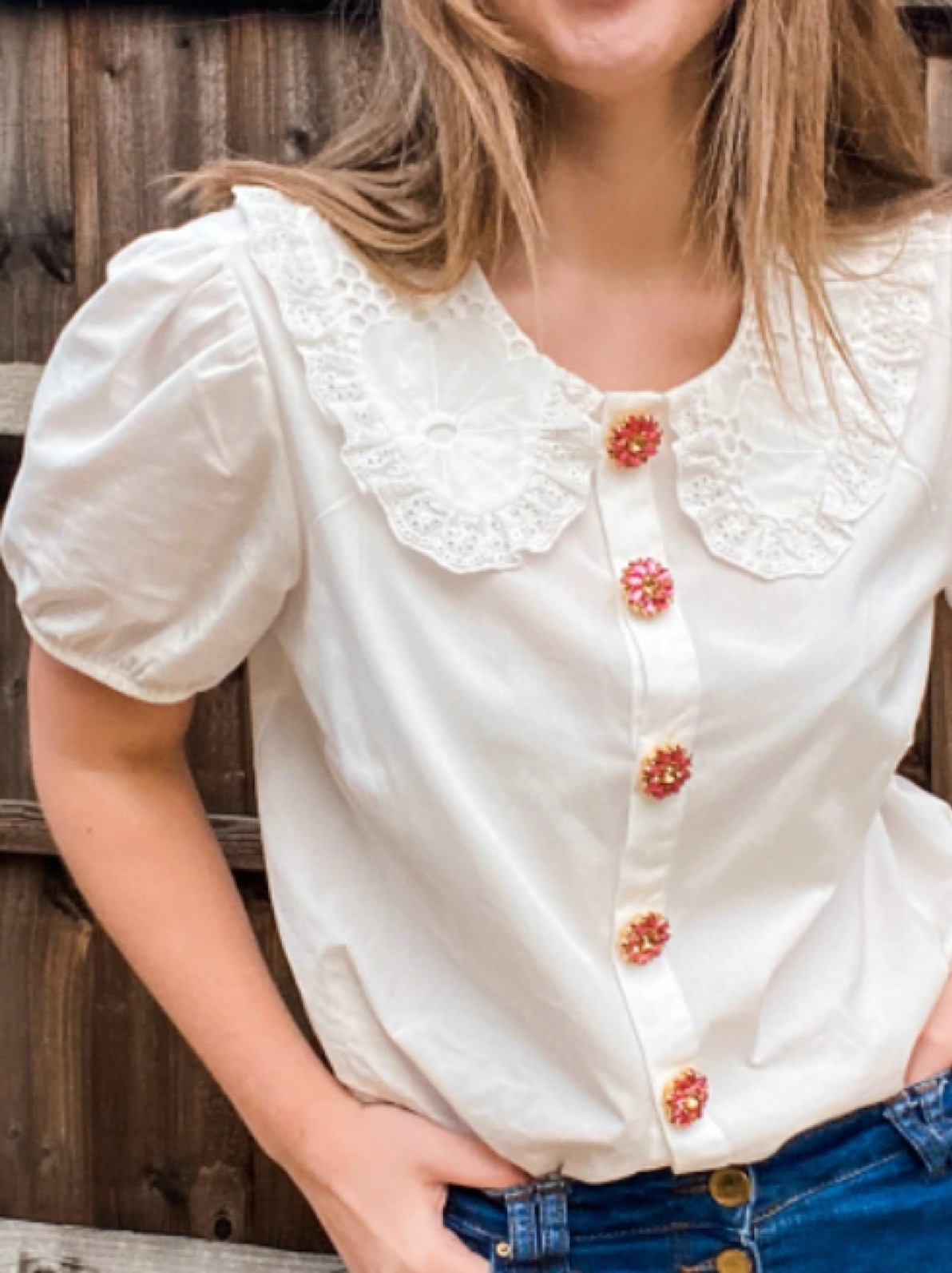
When it comes to vintage fashion accessories that are severely underrated though, button covers are the one. Why? They are incredibly versatile, and are like jewellery for clothes. Often adorned with rhinestones or pearls, button covers were described by the LA Times as one of the ‘hottest must have accessories’ in 1991. They stated that it could transform even a ‘plain white blouse into high fashion’, something that Goodnight Irene- which you can shop here– could relate to. A modern fashion brand with a fondness for vintage accesories their button jewels are everything that the 90’s should have been. From bright pink with gold on a gold clasp, to Blossom Snowflakes, this vintage button jewel brand, would have been right at home in the 90’s.
After all, you could pair the button jewels with a Kate Moss esque sheer dress, paired with a faux fur stole, and 90’s style platforms for a formal look. For a semi-formal-casual look, pop a ribbed vest, over a tailored shirt, with wide-rise jeans, for a 90’s spin. Or if you want to elevate business wear, make like The Newmans (who owned Killer Buttonz), who used buttons made out of polished wood, and leather, with an antitique gold trim. Of course being cruelty-free I would say to go for pleather style button covers, but the choice is down to you. You can add these embellished button covers on suits, fashion them as belts, DIY them onto velvet headbands, and even add them to baguette bags, for a personalized touch.
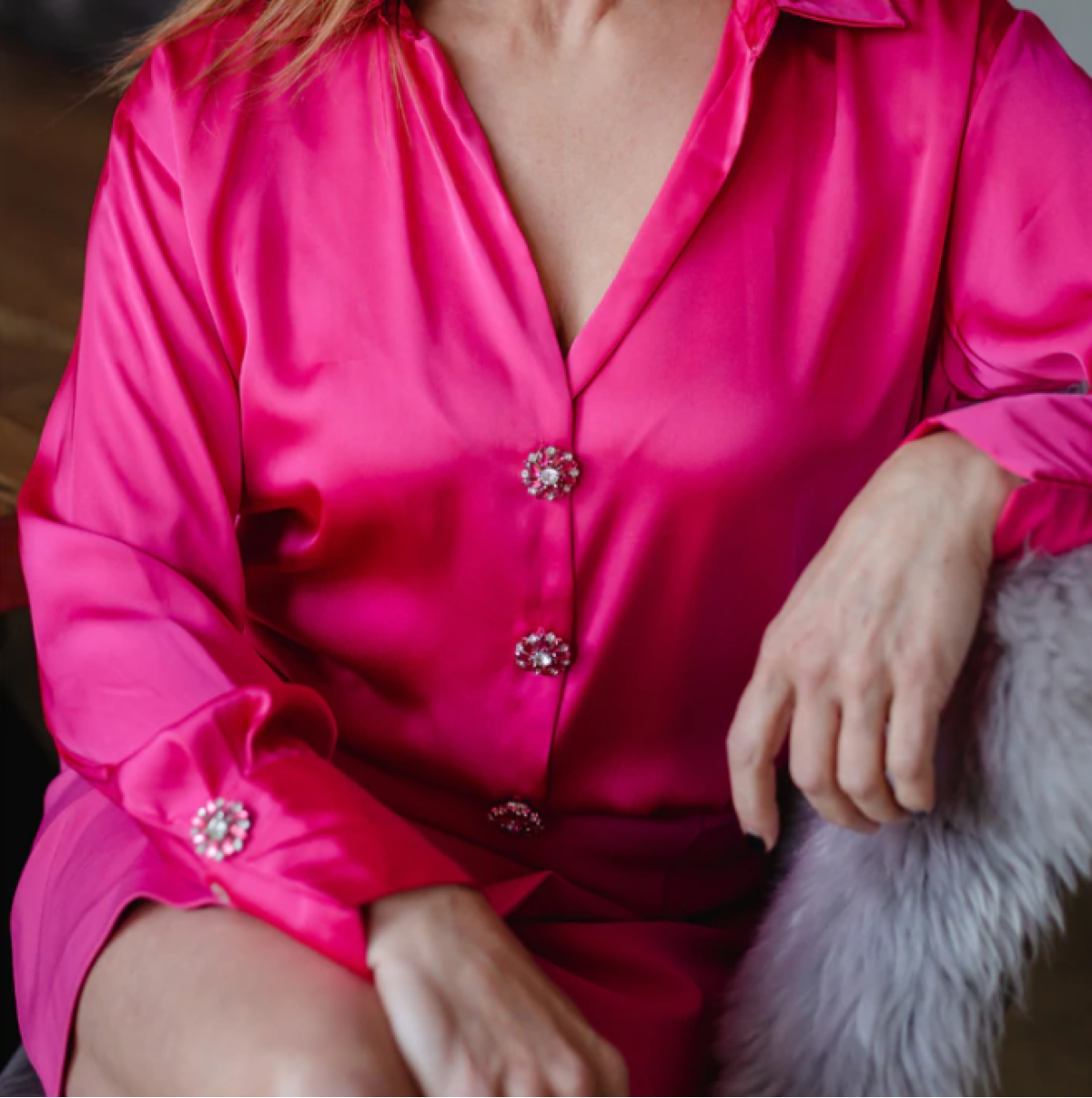
What Are Your Favourite Vintage Fashion Accessories?
*Disclaimer
Please note this is a collaborative post but all thoughts are my own, and are not affected by monetary compensation. I would also like to point out that this is not a full overview of fashion history, or vintage fashion accessories. Instead, these are my favourite fashion accessories from eras like the 1930’s, 1950’s, 1960’s, 1970’s, and 90’s, that I feel have changed fashion history.

Leave a Reply